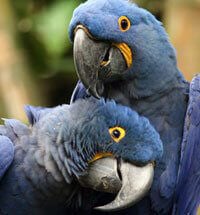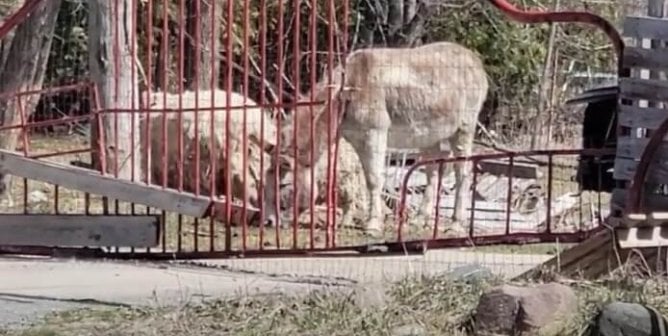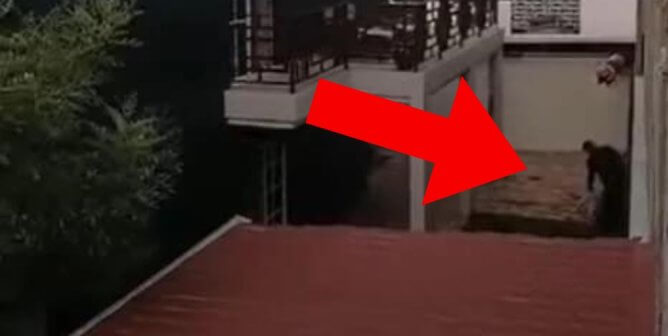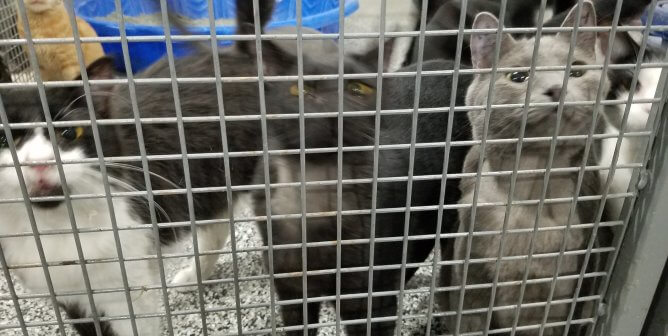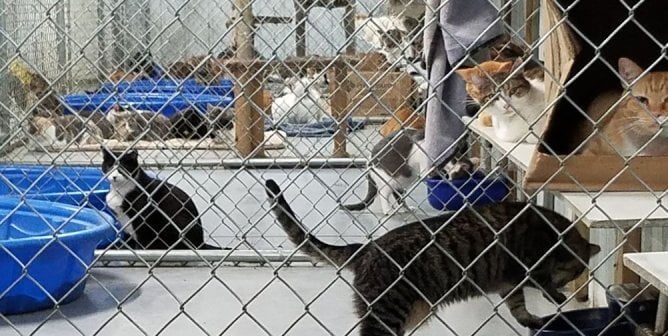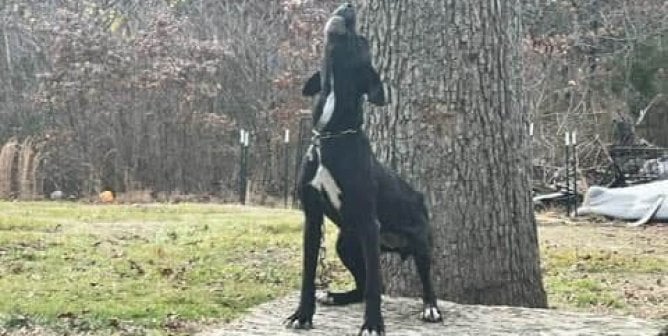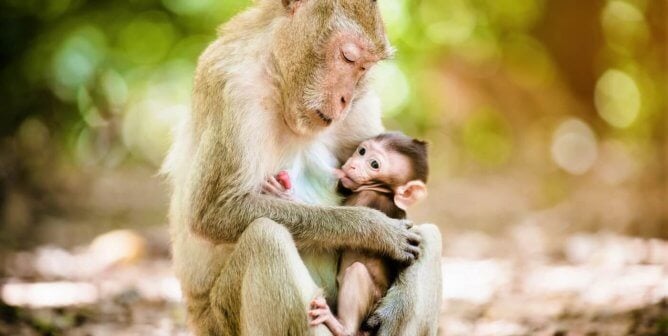Feather Clipping: Unnecessary and Unkind
Feather clipping limits or completely eliminates birds’ ability to fly, making them unable to escape from predators or other animals in the household or to avoid being stepped on or injured by their human caretakers.
Birds are meant to fly and be with others of their own kind. In the wild, some parrots often fly 30 miles per day. Clipping is done for human convenience, not for the bird’s well-being. It prevents upward and rapid flight, giving the caretaker “control” of the bird. With some simple training based on positive reinforcement, most flighted birds can be as safe to handle as clipped birds.
It’s simple to ease birds into free flights around your home. Introduce your feathered friend to mirrors and windows around your home so that they become familiar with them. (You may wish to keep the drapes closed and cover mirrors with a sheet at first.) Birds love to perch and look out the window, so try a suction cup perch on the windowsill. Keeping doors closed is absolutely critical; captive birds often panic if they escape outdoors and keep flying until they are lost and far from home.
Perils of an Infrequent Flier
Birds need to fly to strengthen their chest muscles. If their flight is limited by clipping, their muscles won’t develop fully enough to enable adequate lift and speed. Young birds who are clipped never become good fliers even if their flight feathers are left intact in subsequent years. Even worse, if the feathers of some bird species are clipped before they learn to fly, they may never develop balance, agility, or takeoff, landing, and flight skills and may be psychologically crippled for life.
If they are improperly clipped, birds may have problems regrowing their flight feathers normally. Both wings must have the same number of feathers clipped, and to the same length, for the bird to balance properly, maintain flight control, and prevent crashing and injury to the keel bone, beak, and wings. If the feathers are clipped too much, the bird will fall, possibly breaking his or her fragile bones.
It’s dangerous for someone who has not been properly trained to clip a bird’s flight feathers because it can be hard to tell whether a feather is a newly grown or still-growing “blood” feather. When cut, these sensitive blood feathers can bleed profusely and may cause birds to panic, flap their wings, and lose more blood. Breaking a blood feather is painful and distressing, and if the blood flow does not stop within 15 minutes, it will require an emergency trip to a qualified avian veterinarian.
Frustrated by their inability to fly, clipped birds often develop psychological and behavioral problems, such as feather-plucking. Because clipping can cause irritation, birds will repeatedly pick at the feathers, which only causes more irritation and starts a vicious cycle.
Let birds be birds. Birds have wings and feathers so that they can fly. The only suitable home for a domestic bird is one in which this intelligent animal can live with wings and feathers intact and the freedom to fly.
